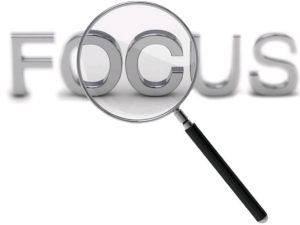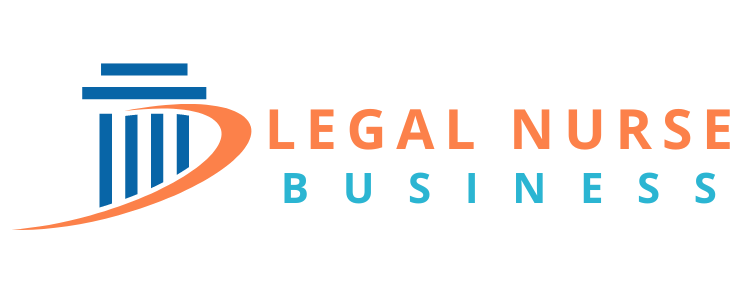Tampering with Medical Records
 Identifying fraudulent medical records is essential for legal nurse consultants and attorneys alike. It is one of the most critical tasks legal nurse consultants may perform and provides us with the opportunity to use our detailed-oriented skills as we detect tampering with medical records.
Identifying fraudulent medical records is essential for legal nurse consultants and attorneys alike. It is one of the most critical tasks legal nurse consultants may perform and provides us with the opportunity to use our detailed-oriented skills as we detect tampering with medical records.
The discovery of fraudulent medical records changes the entire complexion of a case. For example, it can take a defensible medical malpractice case and make it indefensible. In this post, I share some ways you can detect altered records.
20 Tips for Detecting Tampering with Medical Records
- Determine if the medical record entries are in correct sequence, and the date is within the correct time frame. For example, a physician recopying an office note may inadvertently use the year the change is being made, rather than the right year for the chart entry.
- Search for discrepancies in dates. Entries may be inconsistently dated.
- A provider may add information to a form out of sequence. For example, one medical record included a page listing the nursing home resident’s medical diagnoses, followed by the dates of the care planning sessions. The sheet contained the diagnosis of a fractured hip, which occurred in June 2024. Yet the care planning sessions addressing the fractured hip were documented as having occurred in May 2024. The form did not indicate that the hip fracture diagnosis was entered after the May 2024 session.
- Examine the chart for discrepancies in times or entries that are not in the correct chronological order.
- Look at the dates when treatments or medications were ordered versus the dates they were documented as having been given.
- Create a chronology of care with the dates of admission and discharge. Look to see if care was charted after the patient left the facility.
- Look at the medication records to determine if medications were charted as being administered after the patient left the facility.
- Note if the patient’s medication administration record shows that oral medications were being administered when the patient was supposedly comatose and unable to swallow.
- Compare the condition of the patient on the day of transfer from one facility to another. Look for discrepancies in the description of the condition of the patient. For example, a pressure ulcer’s presence may not be mentioned in a hospital chart but documented in detail when the patient arrives at a nursing home.
- Compare the observations of the physicians with those of the nurses. Are they consistent?
- Notice any entry made by someone who significantly erred in treatment, particularly if the entry is at odds with the rest of the chart.
- Examine the typical way in which the healthcare professional documents. Are notes usually brief but become extensive on the day of an incident?
- Compare a set of original medical records with that supplied to the attorney. Use self-sticking tabs or notes to indicate when documents need to be copied or examined further. Always make a list of records that have been requested to verify everything has been received.
- Whenever two sets of records are located, compare them. For example, compare the prenatal chart kept by the obstetrician with the prenatal records sent to the hospital prior to the labor and delivery.
- Compare the nursery records generated at birth with those sent to the hospital to which the baby is transferred.
- Review the copies of hospital records found within a physician’s office records with those supplied by the hospital.
- In most hospitals, the mother’s labor and delivery record is normally copied and placed into the newborn’s chart. The copy from the mother’s chart must be closely compared with the copy from the newborn’s chart in order to see if there are any additions to a set records.
- Often, copies of a record are supplied to others in the ordinary course of treatment long before a problem or an attorney appears on the scene. Do not assume that the records supplied in discovery are identical to the ones supplied to others before a problem manifested itself. It is usual for a doctor referring a patient to a specialist to send a copy of the patient’s chart to the consulting doctor. Likewise, when a patient changes providers, a copy of the first doctor’s chart is sometimes sent to the subsequent treating doctor. These records need to be closely compared to see if there are any additions.
- Examine handwriting to see if there are obvious changes in the appearance of the writing within an entry. Another thing to look for is a change in style. If notes are sloppily written and suddenly a page of neatly written notes appears from the same author, this may be a sign that the page has been rewritten at a later date.
- Look for red flag notes. Sometimes the individual will leave a note behind that states a record has been changed. For example, a medical record included a page that contained a handwritten note that stated, “Phyllis, substitute this page for the evaluation completed 5/6/24.” The page was copied with the handwritten note on top of the clinical record.
Want to sharpen your ability to analyze medical record, detect tampering with medical records, and prepare sample reports to show attorneys your skills? Join us for our most popular course, Report Writing Mastery, starting September 16, 2025, the first of 5 evening sessions. Sign up here.

Pat Iyer is president of The Pat Iyer Group, which develops resources to assist LNCs in obtaining more clients, making more money, and achieving their business goals and dreams.
Have you heard the most recent podcasts on Legal Nurse Podcast? The show is in its 9th year, putting it in the top 1% of all podcasts for its longevity. Watch our podcast on YouTube at http://LNC.tips/YouTube.
Join our Facebook group, LNC Business Growth Circle, to be part of our LNC community.
Pat’s related websites include the podcasts broadcast at podcast.legalnursebusiness.com, and writing tips supplied at patiyer.com.
Get all of Pat’s content in one place by downloading the mobile app, Expert Edu at www.legalnursebusiness.com/expertedu. Watch videos, listen to podcasts, read blogs, watch online courses and training, and more.
